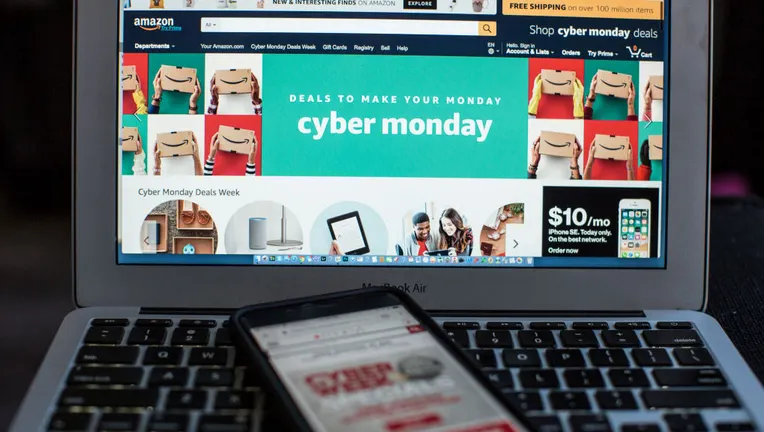Following the just ended Black Friday, consumers are turning online for Cyber Monday to gain more discounts on gifts and other items whose prices have been reduced due to high inflation.
Cyber Monday is the monday following American just ended thanksgiving, representing the day online retailers offer deep discounts.
Adobe Analytics, which tracks transactions of about 85 stores out of the top 100 U.S. online stores has revealed that, Cyber Monday is expected to be one of the biggest online shopping day for the year and jump in up to $11.6 billion in sales.
Adobe’s figures are not adjusted for inflation, but it revealed that, demand is growing even when inflation is factored in.
Some analysts have indicated that, top line numbers will be boosted by higher prices and the number of items purchased by consumers could remain the same— or even decline — compared to prior years. Moreover, Profit margins are also expected to be tight for retailers offering deeper discounts to attract budget-conscious consumers and clear out their bloated inventories.
According to Adobe Analytics, shoppers spent an amount $9.12 billion online on Black Friday, which indicated a percentage increase of 2.3 from last year amount. E-commerce activity continued to be strong over the weekend, with $9.55 billion in online sales, Adobe Analytics stated.
Salesforce, which also kept track of black Friday spending also disclosed that, their estimates showed online sales in the U.S. hit $15 billion on Friday and $17.2 billion over the weekend, with an average discount rate of 30% on products. Electronics, active wear, toys and health and beauty items were regarded as the most patronized items that shot up sales generated during the black Friday, It stated.
The National Retail Federation which also revealed its analysis and observations during recent times indicated a 3% escalation in the number of Black Friday shoppers planning to go to stores. It expects 63.9 million consumers to shop online during Cyber Monday, compared to 77 million last year.
Consumers who feared leaving their homes and embraced e-commerce during the pandemic are heading back to physical stores in greater numbers this year as normalcy returns, National Retail Federation disclosed.

CONSUMERS SPEND WITH CONCIOUS EFFORT
SpendingPulse (SP), a flagship product for Mastercard which tracks spending across all types of payments including cash and credit card, has disclosed that, the overall sales on Black Friday rose 12% from the year-ago while online sales were up 14%.
RetailNext, which captures sales and traffic via sensors reported that store traffic rose 7% on Black Friday, while sales at physical stores improved 0.1% from a year ago. However, spending per customer dropped nearly 7% as cautious shoppers did more browsing than buying.
“Shoppers are being more thoughtful, but they are going to more than a few retailers to be able to make a determination of what they are going to buy this year.”
Brian Field, Sensormatic’s Global Leader of Retail Consulting and Analytics.
Major retailers like Target, Macy’s and Kohl’s also stated that, there seem to be a shift in demand on the side of consumers. This month, there has been a slowdown in consumer spending in the past few weeks, they said.
“We’re seeing that inflation is starting to really hit the wallet and that consumers are starting to amass more debt at this point.”
Guru Hariharan, Founder and CEO of retail e-commerce management firm CommerceIQ
Read Also : “Why Increase VAT At A Time When We Are Contending With Price Hikes?” Economist To Gov’t




















